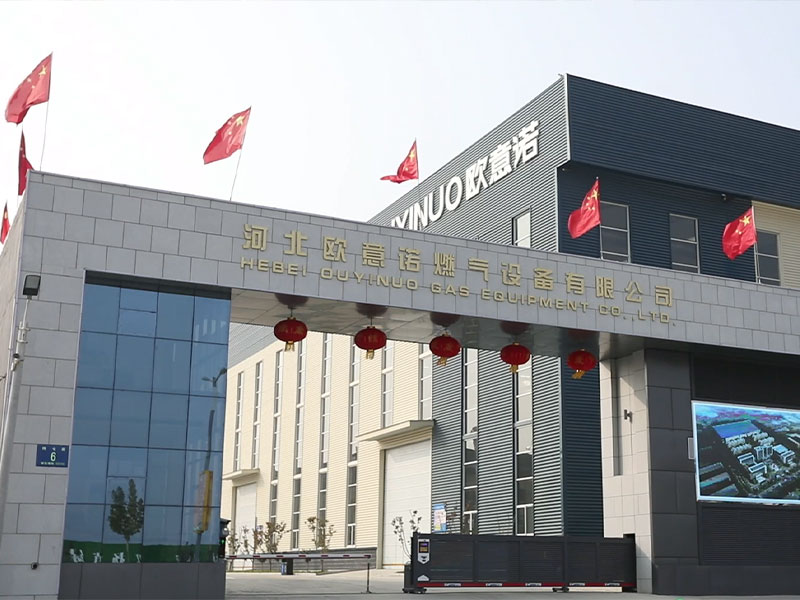
Nov . 23, 2024 15:57
Back to list
pressure reducing valve
Understanding Pressure Reducing Valves An Essential Component in Fluid Systems
Pressure reducing valves (PRVs) are crucial devices used in various industrial and commercial applications to maintain and regulate the pressure in fluid systems. By controlling the downstream pressure, PRVs help ensure safety, efficiency, and reliability within the system. This article provides an overview of pressure reducing valves, their working principles, features, applications, and the importance of proper selection and maintenance.
What is a Pressure Reducing Valve?
A pressure reducing valve is a mechanical device designed to lower the inlet pressure from a source to a specified reduced outlet pressure. It automatically maintains the set outlet pressure, regardless of variations in the inlet pressure or downstream demands. PRVs are typically used in water supply systems, steam applications, and various industrial processes where regulated pressure is critical.
How Do Pressure Reducing Valves Work?
The basic operation of a pressure reducing valve involves a spring-loaded mechanism. When the fluid enters the valve, it exerts pressure on a diaphragm or piston, which moves against a spring. The spring is pre-tensioned to hold the diaphragm or piston in a position that corresponds to the desired reduced pressure. If the outlet pressure exceeds the set point, the diaphragm compresses the spring, causing the valve to close partially or fully, thus reducing the flow and maintaining the target pressure. Conversely, if the outlet pressure drops below the set point, the spring force allows the valve to open, enabling more flow to restore the pressure.
Key Features of Pressure Reducing Valves
1. Adjustable Set Point Most PRVs come with an adjustable mechanism that allows users to set the desired outlet pressure easily. This feature provides flexibility and adaptability for various applications.
2. Port Size and Configuration PRVs are available in various sizes and configurations to suit different piping systems. This diversity ensures compatibility with existing installations.
3. Materials of Construction Depending on the application, PRVs can be made from various materials, including brass, stainless steel, and plastics. The materials selected are often dictated by the media being handled, temperature, and pressure conditions.
4. Pressure Range PRVs are designed to operate within specific pressure ranges. Selecting a valve that suits the operating range of the system is essential for optimal performance.
5. Fail-Safe Design Many PRVs incorporate a fail-safe feature, ensuring that in case of a malfunction, the valve will default to a safe position, either fully open or closed, to prevent catastrophic failure.
pressure reducing valve

Applications of Pressure Reducing Valves
Pressure reducing valves are employed across multiple sectors, including
- Water Distribution Systems They help regulate the pressure in municipal water lines, preventing damage to pipes and fixtures in residential and commercial settings.
- Steam Systems In steam applications, PRVs are vital for controlling pressure to ensure efficient operation of boilers, turbines, and heat exchangers.
- Industrial Processes Many manufacturing processes require precise pressure control for optimal operation, making PRVs an indispensable component in production lines.
- Hydraulic Systems In hydraulic applications, PRVs help maintain necessary operating pressures, ensuring machinery functions effectively and safely.
The Importance of Proper Selection and Maintenance
Selecting the right pressure reducing valve is crucial to the successful operation of any fluid system. Factors such as the flow rate, inlet and outlet pressure requirements, and media type must be considered. An improperly sized PRV can lead to inadequate pressure control, resulting in system inefficiencies or failures.
Furthermore, regular maintenance of PRVs is essential to ensure their reliability and longevity. This includes periodic inspections for leaks, wear, and corrosion, as well as testing the response of the valve to pressure changes. Maintenance schedules should be developed based on the specific application's operating environment and frequency of use.
Conclusion
Pressure reducing valves play a vital role in maintaining controlled environments in various fluid systems. Their ability to regulate pressure contributes to enhanced safety, efficiency, and operational reliability. Understanding the fundamental principles of PRVs, along with their features and applications, is essential for engineers and technicians involved in designing and maintaining fluid systems. By ensuring the correct selection and ongoing maintenance of pressure reducing valves, businesses can safeguard their equipment and optimize performance.
Next:
Latest news
-
Safety Valve Spring-Loaded Design Overpressure ProtectionNewsJul.25,2025
-
Precision Voltage Regulator AC5 Accuracy Grade PerformanceNewsJul.25,2025
-
Natural Gas Pressure Regulating Skid Industrial Pipeline ApplicationsNewsJul.25,2025
-
Natural Gas Filter Stainless Steel Mesh Element DesignNewsJul.25,2025
-
Gas Pressure Regulator Valve Direct-Acting Spring-Loaded DesignNewsJul.25,2025
-
Decompression Equipment Multi-Stage Heat Exchange System DesignNewsJul.25,2025

